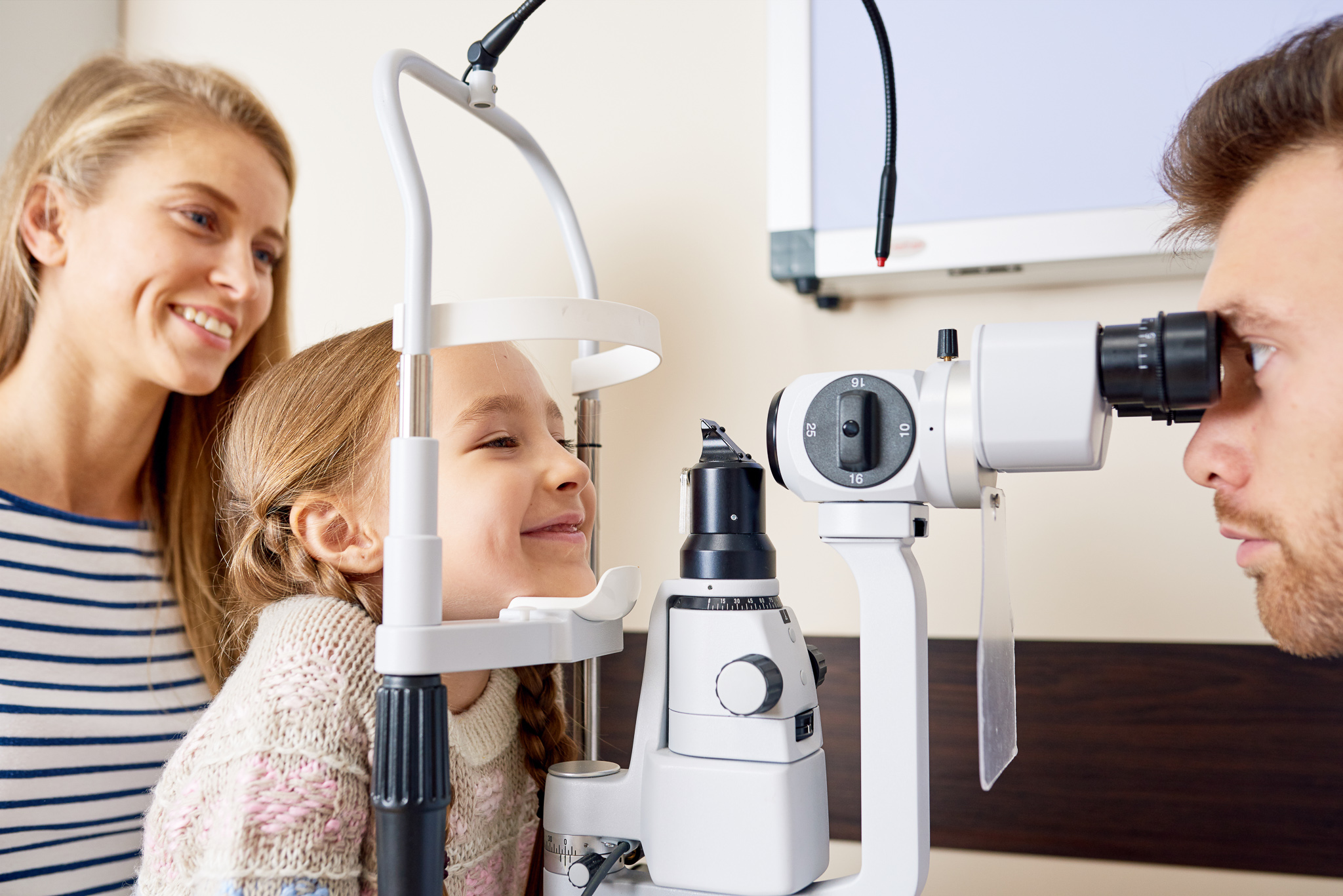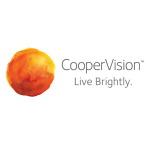Just as brushing teeth, washing hands, and staying active are part of your child’s routine, booking regular eye examinations should be too. Vision problems can develop gradually, and children may not even realise there’s an issue—making it all the more important for parents to know the signs and act early.
What to look out for when it’s time for a check-up
There are several signs that could indicate your child needs an eye examination:
- Complaints of blurry vision, tired eyes, or headaches — all of which may point to eye strain or visual fatigue.
- Holding books too close or sitting near screens or whiteboards could signal they’re struggling to see clearly.
- Trouble concentrating or a drop in academic performance may relate to uncorrected vision problems.
- A family history of short-sightedness (myopia) increases the likelihood that your child will also develop it.
Eye examinations can catch problems early, even before symptoms appear — especially important for conditions like myopia, which can progress quickly if left unchecked.
What is myopia?
Myopia, also known as short-sightedness, makes it difficult to see distant objects clearly. It’s caused by the eye growing too long from front to back, so light doesn’t focus correctly on the retina. Over time, this stretching increases the risk to eye health later in life.
The World Health Organization estimates that by 2050, more than half the global population will have myopia, with 10% expected to develop high myopia (defined as -5.00 dioptres or more).
Why early action matters
While myopia can’t be reversed, it can be managed — and that’s where early detection is vital. The earlier a child’s vision changes are detected, the sooner a tailored management plan can be put in place. Delaying treatment could mean greater progression, more complex correction needs, and increased long-term risk.
Unfortunately, awareness remains low. Research shows 40% of New Zealand children haven’t seen an optometrist before age nine — and in Australia, fewer than 1% of parents recognised outdoor time or screen reduction as helpful in managing myopia.
What parents can do
Fortunately, parents can take steps at home that may help reduce the risk of myopia developing or worsening:
- Encourage outdoor play: Outdoor time plays a proven role in reducing the risk of developing myopia. Studies suggest that spending at least two hours per day outside helps regulate healthy eye growth and may delay or reduce the onset of myopia.
- Manage screen time and near work: Frequent breaks during close-up tasks can reduce eye strain and potentially slow progression.
- Schedule regular eye examinations: Don’t wait for symptoms — make eye examinations part of your family’s preventive health routine.
Spectacles aren’t always the only solution. Optometrists now offer a range of myopia control options, including specially designed lenses and contact lenses that have been shown to slow progression. It’s important to speak with your optometrist about the best approach for your child.
To learn more visit www.childmyopia.com.



